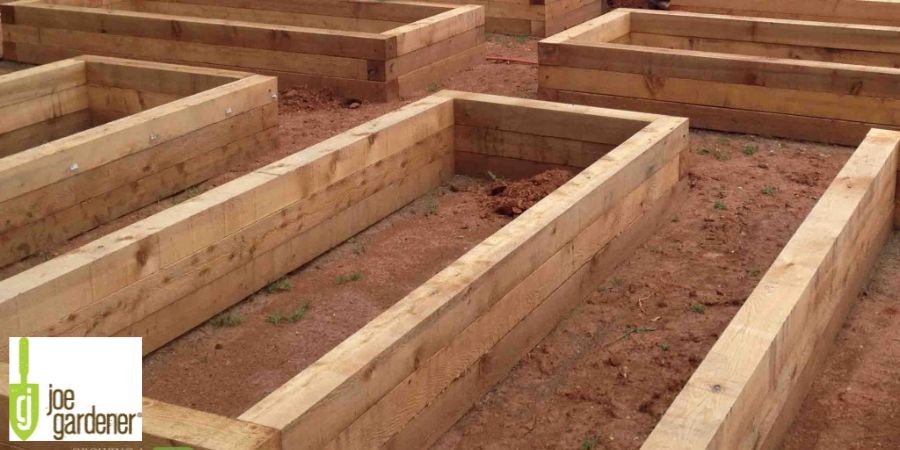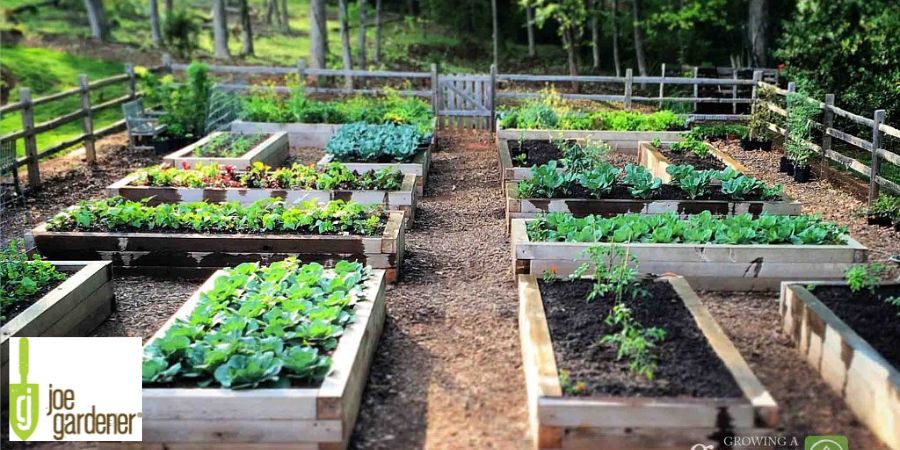Tips for Starting a Raised Bed Garden
- Gardening Expert and Host of Growing a Greener World®February 4, 2023
Give me a shovel and some soil, and I’ll plant just about anywhere. But, given the option, I can’t imagine not utilizing raised garden beds.
Raised beds offer a simple and effective way to create a healthy and productive garden by manipulating the growing environment for the better. And the best part is, no matter how bad the ground you’re starting with, ideal planting conditions can be created for soil structure and drainage; essential keys to success.
Planning Your Raised Bed Garden
1. What Material is best for Raised Bed Gardens?
The choices when constructing raised beds are many and range from large stones or bricks you can find for free, to custom-built beds with metal sides and everything in between. The key is to find what works best for you, your budget, and you’re happy with how it looks. While raised beds don’t have to be permanent, when built right, they can remain in place for years to come. Some of the most popular options include:
- Pressure treated pine– it’s a cost-effective option, readily available and last for years. The downside is the wood is treated with chemicals that could leach into your garden soil. While not the danger it was back in the day when those chemicals included arsenic, if wood-preserving chemicals are not something you potentially want in your edibles, then this may not be the best option for you—especially if you are using older treated wood.

- Rot-resistant hardwood– Cedar, cypress, redwood, locust, oak, and others can last for years without the need for chemical preservatives. The downside is the cost. It’s typically several times more expensive then treated pine. You should also be sure it is coming from a sustainable source. Look for FSC certification from the Forest Stewardship Council (FSC) on any wood you buy. The FSC is an international organization that has developed standards for responsible forest management.
- Composite material consisting of plastic or wood fibers. Perhaps the newest kid on the block, this option is growing in popularity as it becomes more readily available. Like the composite material in some decks, it’s made from recycled material and last for years. It’s a nice way to recycle waste products and they can look a lot like wood. Price wise, the cost is between treated pine and hardwood. The downside is some types of this product can look more plastic than wood and become a bit wavy, especially for the longer sidepieces.
2. What Size Should My Raised Bed Garden Be?
When building raised garden beds or mounding up soil, it needs to be wide enough for roots to spread out and plants to grow, but not too wide that you can’t reach in to the center of the bed from one side. The rule of thumb is never make it so wide that you need to step into the bed and on the soil to reach any part of the plant. My rule of thumb is no bed wider than 4 feet.

As for length, it doesn’t matter. It’s a combination of personal preference, space limitations, and budget.
But depth does matter. Shoot for a minimum of 6-inches deep. Anything deeper is a plus. My beds are 18-inches. That’s more than enough. But I like giving my plants all the room they need for root expansion. The deeper the roots, the taller the shoots.
3. Design Raised Bed Garden Soil for Structure and Drainage
When considering what soil to put into your raised beds, whether you’re starting from scratch or amending an existing bed, Ideally, it’s best to incorporate plenty of organic material such as well-aged manure and compost, and even store-bought soil amendments.
That way you’re instantly improving the native nutrients and quality of the soil at the same time. For an extra boost, consider adding a supplemental slow-release organic granular fertilizer, like Milorganite®, to keep your plants growing strong through the entire season. As with containers, nutrients tend to leach out quicker in raised beds than when plants are growing in the ground. Adding slow-release fertilizer is a good, low-cost insurance policy.
The end goal is to create a deep, wide growing area that encourages roots to grow down and out and with soil that has good structure. An easy test for knowing when you’ve achieved the ideal mix is when you squeeze the soil in your hand; it binds together, yet crumbles apart easily when disturbed.
An equally important benefit to just-right soils in raised garden beds is superb drainage. Thanks to gravity, water wants to always run somewhere. Saturated soil and rotted roots are rarely a problem because the water is moving through and out of the bed. Fortunately, raised beds allow you to easily create the optimal combination of drainage and moisture retention at the same time by adding lots of organic matter.
Whether you choose to contain your bed within a raised border, or simply mound the soil up; raised garden beds provide a significant advantage in creating a productive and healthy garden. Gardens that have great soil and drainage are a sure way to get your plants off to the best start. Raise beds are a reliable solution to make that possible.

